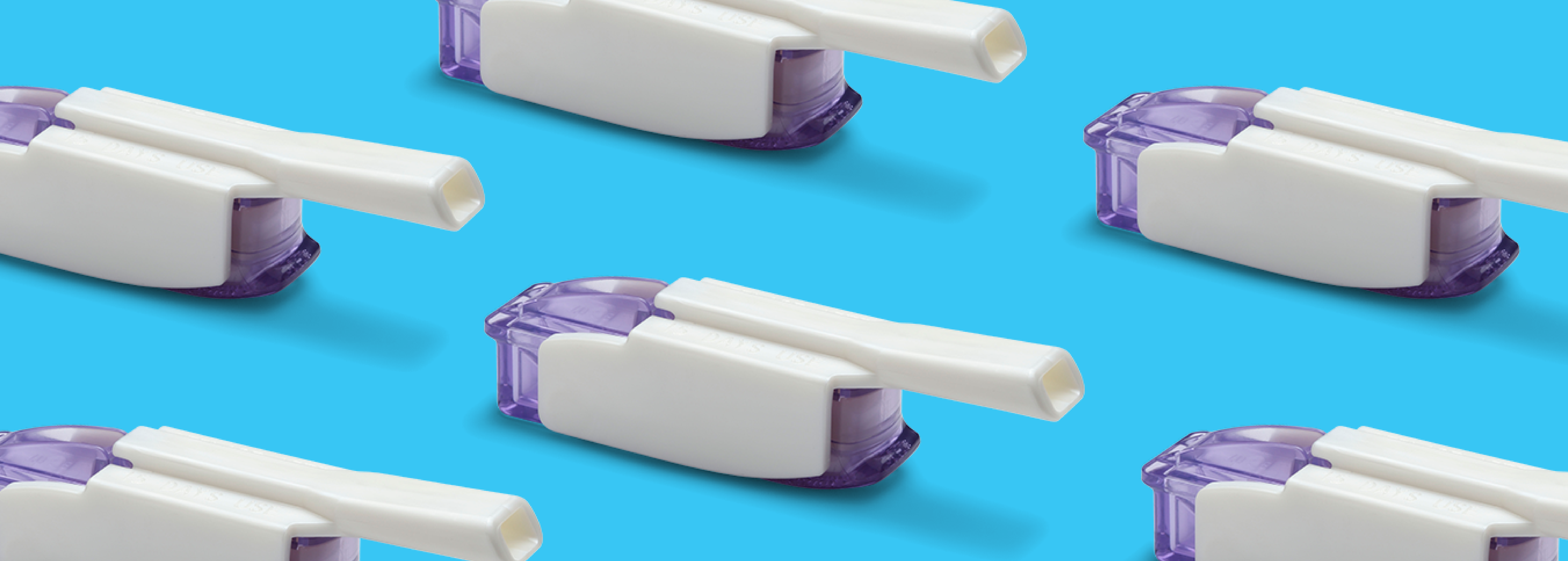How to Ask Your Primary Care Provider for Glucagon
Written by: Ginger Vieira
3 minute read
June 16, 2021
Anyone who takes insulin (or another medication that can cause low blood sugars) should have an emergency glucagon treatment, regardless of your A1c and insulin resistance. But your primary care provider (PCP) may not know these newer types of glucagon exist.
For many people with type 1 diabetes, you may not have regular access to an endocrinologist, and your PCP may be where you fill most of your prescriptions.
To get your own emergency glucagon device, you may need to start the conversation with your doctor and explain to them what it is and why you need it.
Here’s a guide to help you have that important conversation. First, we’ll start with the basics.
What is emergency glucagon?
Glucagon is a hormone that tells your liver to release its stored sugar (also known as glycogen) into your bloodstream. Emergency glucagon treatments can raise your blood sugar during severe hypoglycemia.
While there was only one option for decades—and it was complicated to use—there are many new and improved emergency glucagon treatment products available today, including:
- Nasal glucagon – Baqsimi®: This is an emergency glucagon that’s administered through your nose.
- Glucagon pen – Gvoke HypoPen®: This is a premixed glucagon injection that you press against your thigh. The auto-inject device makes it quick and easy to use. It is also available in a prefilled syringe (PFS).
- Glucagon vial & syringe – Gvoke Kit®: This is a premixed glucagon in a vial that comes with a syringe, allowing you to draw up the dose manually and inject it directly into your thigh.
- Glucagon pen – Zegalogue®: Also a premixed glucagon, available as an easy-to-use auto-inject device. It is also available in a prefilled syringe (PFS).
Learn about copay cards and patient assistance programs to get glucagon.
Asking your doctor for emergency glucagon
Asking for glucagon should be as simple as asking for a new prescription for test-strips or insulin. Glucagon is a prescription, just like insulin, and needs insurance approval.
However, you’ll want to make sure they do not prescribe the older form of emergency glucagon to you. Be very specific in your request by asking for a prescription for the “Baqsimi nasal glucagon” or “Gvoke HypoPen” or “Zegalogue” or “emergency glucagon rescue pen”.
You can ask for an emergency glucagon prescription at your next appointment, in a voicemail over the phone, or via your online health portal. In fact, it really shouldn’t be a big deal, and it requires no additional testing.
If you take insulin, your doctor should agree this is a critical tool for managing diabetes safely.
Why do you need emergency glucagon?
You may even need to teach your doctor about the many reasons a person with diabetes taking insulin needs emergency glucagon.
Getting just a few units more insulin than you need can lead to severe hypoglycemia. Low blood sugars are inevitably part of living with diabetes if you take insulin, even when you’re doing your best to minimize your risk of lows.
While many low blood sugars can be treated with 10 to 20 grams of fast-acting carbohydrate, it only takes one severe low blood sugar to experience a seizure. You may have never needed one for years and years of living with diabetes, but you should own one regardless.
Usually, an emergency glucagon device is used on you by a friend or family member if you are unconscious or seizing during a severe low.
Examples of emergency glucagon could save your life include:
- You are unconscious and cannot eat/drink carbohydrates.
- You are having a seizure.
- You are vomiting excessively and cannot consume carbohydrates for insulin you just took.
- You accidentally took too much insulin or took the wrong kind of insulin.
- You are still conscious but feel as though you are about to pass out.
It’s important to teach family and friends where your emergency glucagon is kept and how to use it on you.
Educational content related to severe hypoglycemia is made possible with support from Lilly, an active partner of Beyond Type 1 at the time of publication. Editorial control rests solely on Beyond Type 1.
Related Resources

Editor's Note: If you take insulin or any other blood sugar-lowering medication, you need glucagon....
Read more

This resource on inhaled insulin was made possible with support from MannKind (makers of Afrezza (insulin...
Read more

Editor's Note: This article is about Ginger's personal experience using Afrezza, and what has worked...
Read more


